
Have you ever heard of eating your rainbow? Turns out that eating a more colorful diet is beneficial for your health. This is because the color of our food ingredients is due to phytonutrient compounds that determine the nutritional content inside that particular food. For instance, what’s inside a red-colored food will be different than what’s inside blue-colored food. That’s why you need to keep your diet varied and versatile - so that you can get all the nutrition that your body needs.
Here are several of the naturally occurring colors in our fruits and vegetables that you might want to include in your diet: red, orange, yellow, blue and purple, white and brown. To make it easier for you, we’ll tell you the nutritional benefits of each color group and which fruits or vegetables you can get them from!
Red
Red is one of the most abundant colors in our food ingredients. Red is dominated mainly by fruits and can be found in tomatoes, chilies, red pepper, red onions, radish, red beans, beets, strawberries, raspberries, cranberries, watermelon, apples, and cherries.
The red is due to phytochemicals including lycopene and ellagic acid. Tomatoes have the highest amount of lycopene followed by berries. The active compound in red fruits and vegetables are powerful antioxidants that can help balance free radicals; they also help to prevent cataracts, and there’s even a connection between lycopene with cancer prevention.
Orange and Yellow
The second color that you should include in your diet is orange and yellow. You can find these colors in abundance such as citrus fruits, orange peppers, pineapples, peaches, apricots, pumpkins, corns, and of course our mascot of orange food - carrots. These foods are high in vitamin C and carotenoids that give them their yellow/orange tinge.
You might already know the benefits of consuming vitamin C - another powerful antioxidant - that they’re great to boost your immune system. Carotenoid on the other hand has been shown to provide health benefits in decreasing risks of diseases such as cancer and eye disease. Other health benefits include youthful skin and protection against heart disease. So I guess the myth is true - you do need to eat your carrots if you want to ditch your glasses!
Green
Up next is our most abundant color there is in nature - green. It’s also one of the healthiest foods that you can eat. These green foods are rich in lutein, isoflavones, and vitamin K aside from antioxidants. Up your dose of green food by eating some green leafy vegetables like kale, romaine, spinach, bok choy, you should also include broccoli, brussel sprouts, zucchini, edamame, celeries, cucumbers, peas, avocados, kiwi, and others. It’s impossible to name all of them in this list since green is everywhere!
Lutein is another powerful antioxidant that can enhance your immune system and fight against free radicals. They also protect against heart disease, type 2 diabetes, and Alzheimer’s disease. Furthermore, we have vitamin K, this particular vitamin is important in blood clotting and wound healing, bone metabolism, and regulating your calcium levels.
Blue and Purple
A beautiful tinge of color that’s also beneficial for your health, blue and purple foods contain an antioxidant called anthocyanins. You can find this particular color in beetroot, purple cabbage, blueberries, purple carrots, olives, grapes, plums, prunes, and eggplants. A general suggestion for you when you’re picking your blue/purple food is that the darker the color, the more potent their health benefit is. So never forget to always go for an attractive, deep blue/purple color when you buy your fruits and vegetables.
Like other antioxidants, anthocyanins have been shown to protect your body against free radicals. They also can lower your blood pressure, reduce cancer proliferation, inhibit tumor formation, lower risks of cardiovascular diseases, and improve nerve and motor function. So next time you’re studying, don’t forget to snack on some blueberries!
White and Brown
Last but not least, we have white and brown. Although not as attractive as our previous colors mentioned, they have their purpose to serve. White/brown-colored foods are known to contain allicin, quercetin, and selenium. They’re also notoriously higher in calories compared to the other colors you see here. Your white/brown foods are cauliflower, garlic, shallots, potatoes, mushrooms, lentils, dates, leeks, parsnips, bananas, and white beans.
Allicin and quercetin are antioxidants that help to reduce risks of cancer and have anti-inflammatory properties. Selenium is an essential component for you to maintain your immune system in tip-top shape. Furthermore, these white/brown foods are great sources of clean energy via carbohydrates and should be consumed to maintain your energy level throughout the day.

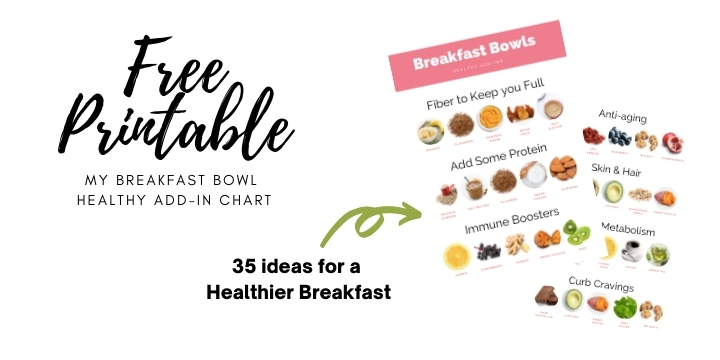
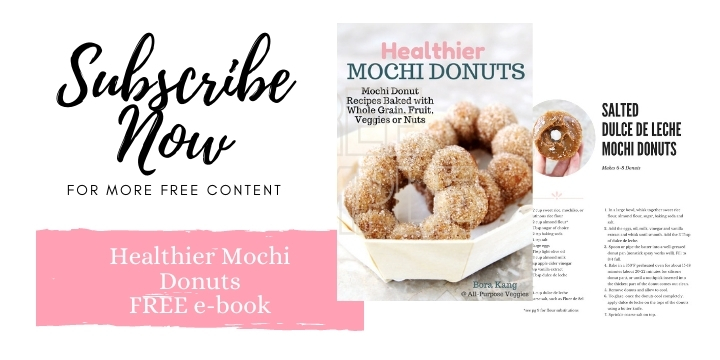
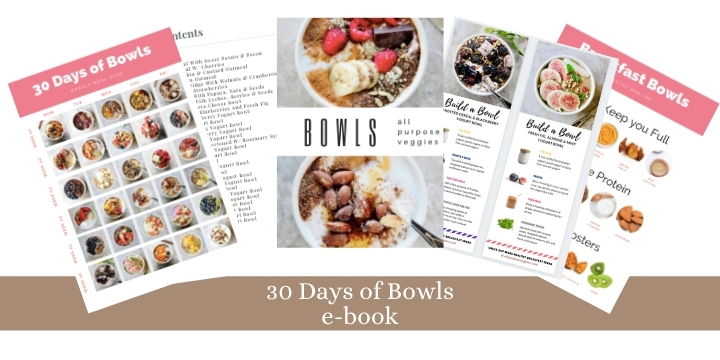
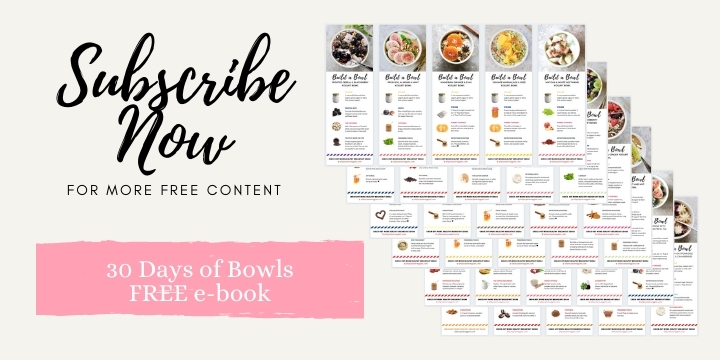

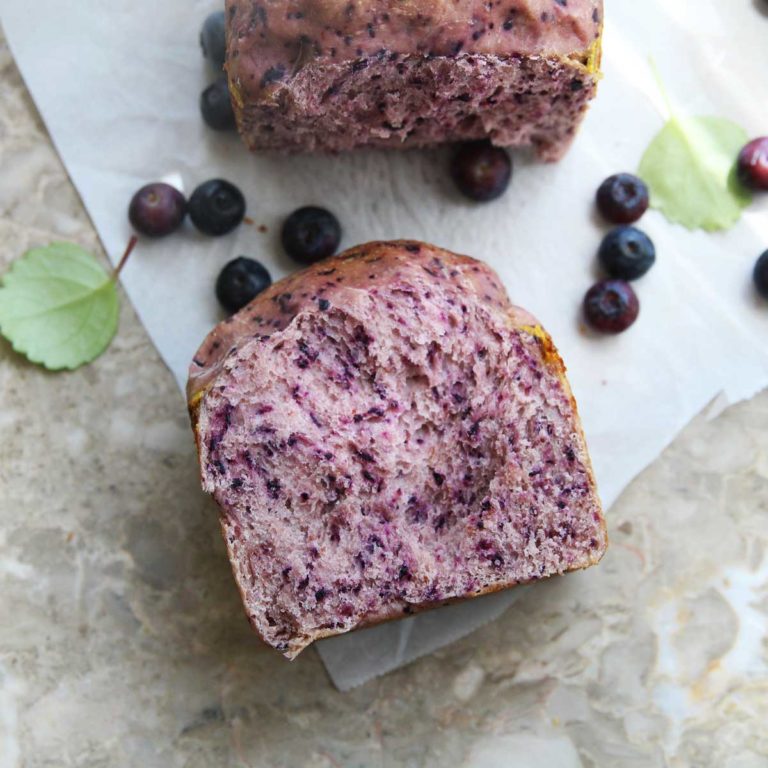

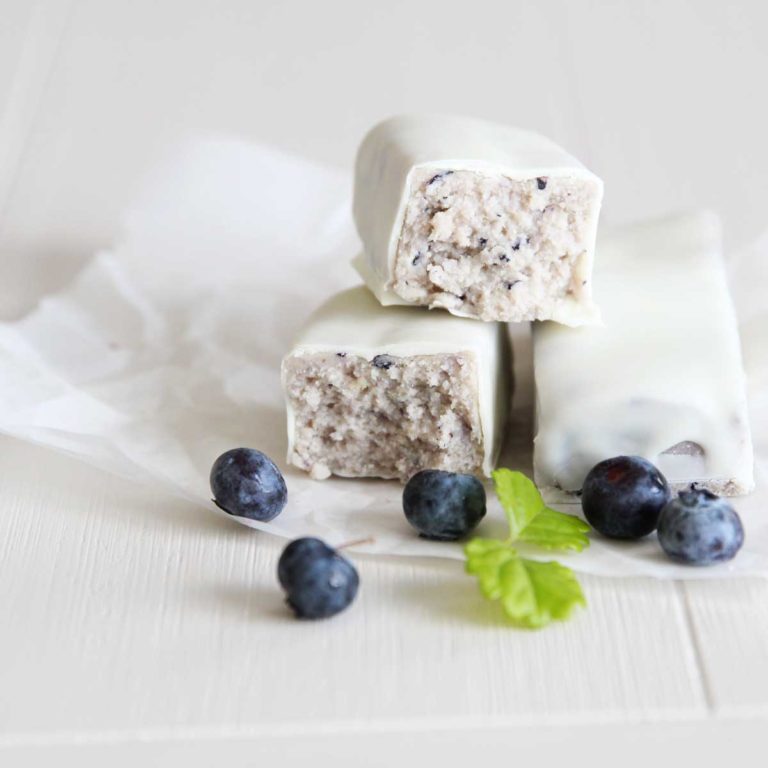
Leave a Reply